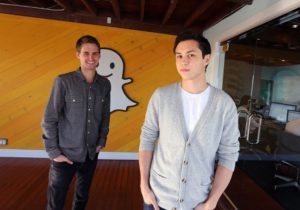Travis’ Background
When most people hear the name Travis Scott, they think of the 29 year old rapper who is one of the most popular artists today. Although Travis is most well known for his music, he is also one of the most influential designers and marketing influencers in todays culture.
Designing a shoe Empire.
Travis Scott has been extremely successful in the music industry for the last few years. He has produced numerous hit songs and albums, and created a large following for himself. This success quickly drove him to innovate in ways that didn’t involve only music. Travis has a passion for collecting shoes, especially high demand shoes that not everyone can get their hands on. This passion for shoes influenced Travis to go out on his own and begin designing his own line of shoes. In 2017, Travis signed a deal with Nike to begin designing his own styles on many of Nikes popular shoes. For the past three years, Travis has designed numerous shoes that instantly sell out as soon as they hit the market. Travis stands out from other competitors, because his shoes are unique to himself and his design. He produces limited amounts of shoes, which drives his fan base to try as hard as they can to purchase these shoes before they sell out. These shoes are in such high demand, that fans have paid as much as $3,000 on the secondary market to get their hands on a pair. His design success has lead him to begin producing clothing items as well, which continue to be successful each time they are released.
Marketing Influence
This fall, Travis signed a deal with Mcdonalds to market a “Travis Scott meal” for a limited amount of time. This meal was available throughout the month of September, and it was certainly a success. Fans throughout the world purchased this meal, and loved the idea of being able to eat Travis’ favorite burger from Mcdonalds. Social media was a huge influence on the success of the Travis Scott meal, as thousands of fans posted pictures and videos with the limited time offer.
Innovating through a pandemic
This past summer, Travis was unable to perform concerts due to the Covid 19 restrictions. His entrepreneurial mindset allowed him to innovate in a way that would still allow him to connect his music to his fans. Travis partnered with the popular video game, Fortnite, and performed virtual concerts on the platform. In these “concerts”, Travis was depicted as a character in the game as his songs were played for fans. This was a huge hit across the globe, as thousands of fans tuned in to catch a glimpse of their favorite artists during the pandemic. This innovation allowed Travis to stand out from other artists who also couldn’t perform during the pandemic. Although he could’t perform in person, he found a way to still connect with his fanbase and build his following.
My takeaway
Travis Scott has certainly inspired thousands of fans across the world. I personally find it very inspiring that someone at such a young age has already found ways to innovate and become a successful entrepreneur. Not only has Travis found success in the music industry, but he also ventured into other markets and quickly took over. His drive for innovation in challenging times is very inspirational.





 favorite activities.
favorite activities.

 save time. He did plan on going to one of the league universities later in his life but some great opportunities came his way and changed his plans completely.
save time. He did plan on going to one of the league universities later in his life but some great opportunities came his way and changed his plans completely.




